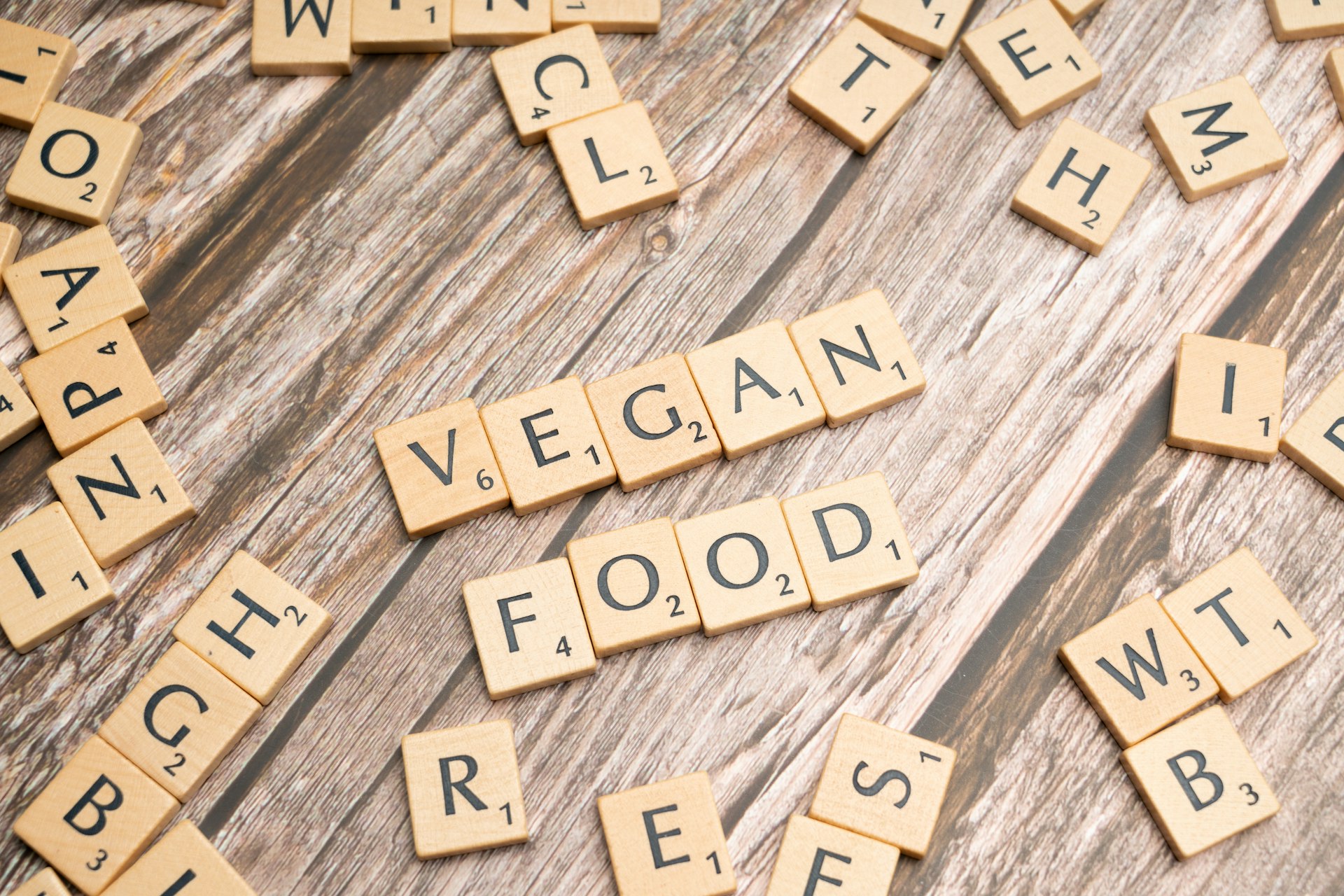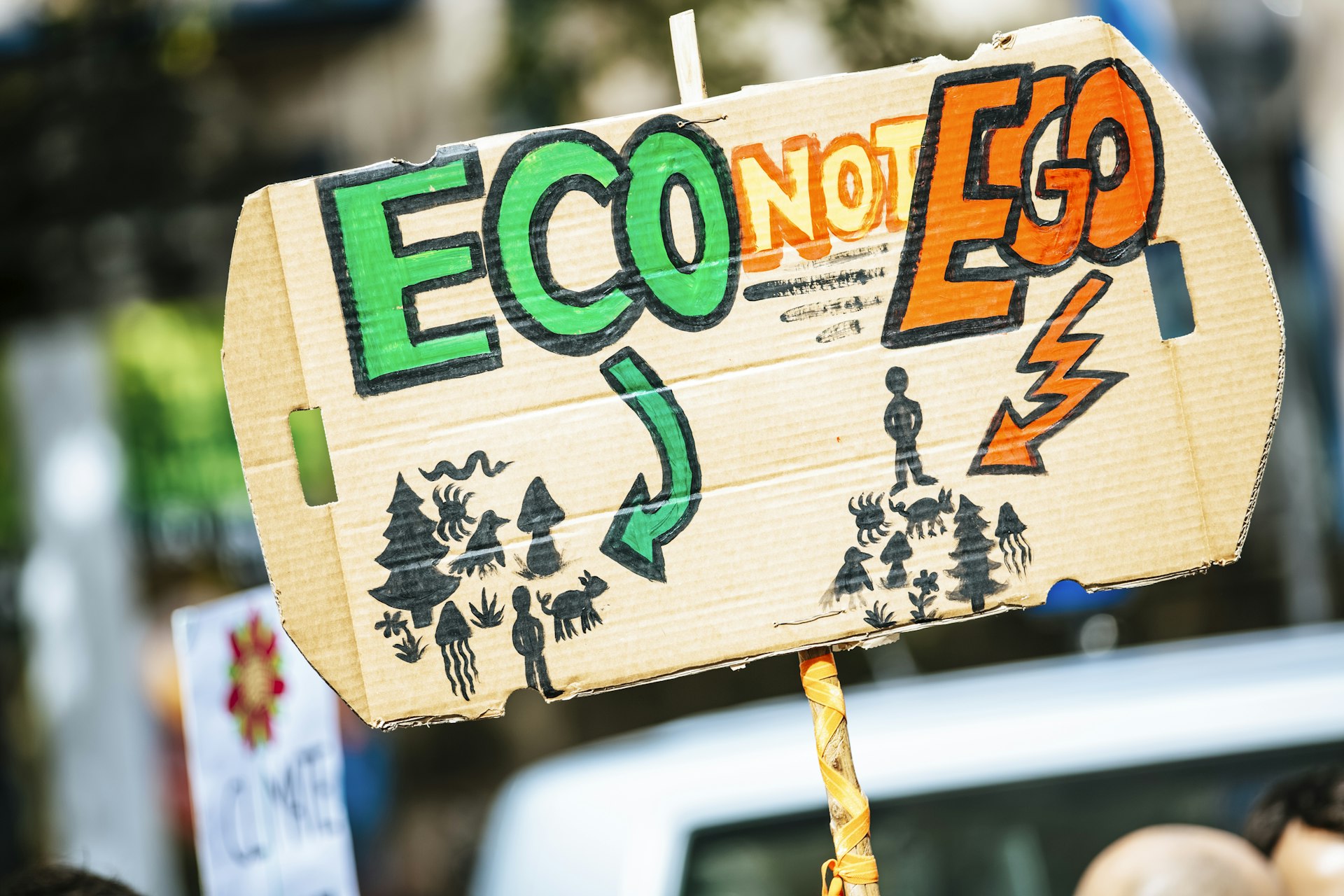Sustainable Solutions for Saving Water at Home: Practical Upgrades and Guidance

Photo by Tu Tran Anh on Unsplash
Introduction: Why Sustainable Water-Saving Matters
Water scarcity and rising utility costs have made sustainable home water-saving solutions a top priority for homeowners seeking both economic and environmental benefits. By implementing proven strategies and technologies, you can significantly reduce your water consumption, contribute to lower utility bills, and support broader ecological health. This guide explores reliable, actionable solutions-ranging from simple retrofits to advanced technologies and landscape choices-while providing steps for accessing rebates and practical support.
Upgrade to Water-Saving Devices and Appliances
One of the most effective approaches to saving water at home is retrofitting your fixtures and appliances with water-efficient models. Modern low-flow showerheads and faucet aerators can reduce water flow by up to 60% while maintaining comfortable pressure, leading to substantial savings over time [4] .
In the kitchen, consider switching to a water-efficient dishwasher. Many ENERGY STAR certified models use as little as three gallons per cycle, compared to 27 gallons used for handwashing [5] . Eco-friendly washing machines are equipped with smart sensors to adjust water levels based on load size, saving hundreds of gallons annually. Modern toilets also offer significant improvements-new models use just 1.28 gallons per flush, with dual-flush options allowing users to select the optimal amount for liquid or solid waste.
How to get started: Identify fixtures and appliances that consume the most water. Research ENERGY STAR-certified products and look for features such as smart sensors and low-flow ratings. Consult your local water district for recommendations.
Smart Irrigation and Outdoor Water Management
Outdoor water use, particularly for landscaping, can account for a major portion of home water consumption. Installing a smart irrigation system that adjusts watering schedules based on weather conditions can reduce outdoor water use by up to 50% [4] . These systems use real-time data to ensure your lawn and garden receive only the water they need, minimizing waste.
Regular maintenance is equally important. Check for leaks, adjust sprinkler heads, and promptly replace any damaged components. These steps help prevent unnecessary water loss and maintain healthy landscaping. Transformative solutions such as converting to native and climate-appropriate plants or polyculture lawns further reduce irrigation needs and enhance soil health [2] .
How to implement: Research smart irrigation controllers from reputable manufacturers. Consider replacing high-water-use plants with native species. For guidance, consult local cooperative extensions or water agencies for recommendations and support.
Advanced Leak Detection and Preventive Maintenance
Leaks, even minor ones, can result in significant water waste over time. Regular plumbing inspections are crucial for early detection and prompt repairs [1] . Modern solutions now include AI-powered leak detection systems that use sensors and machine learning to identify problems in real time, often before visible signs appear [3] .
Homeowners can monitor water meters and inspect visible pipes to catch leaks early. Maintaining fixtures and appliances, such as repairing dripping taps and replacing worn seals, ensures long-term efficiency. Installing high-quality components further lowers the risk of leaks and extends the lifespan of your plumbing system.
Practical steps: Schedule annual plumbing inspections. Invest in smart leak detection devices if available. Check your water meter regularly for unexplained usage spikes.
Energy-Efficient Water Heating Solutions
Heating water is a major household energy expense and a potential source of water waste. Upgrading to solar hot water systems or heat pump water heaters allows you to harness renewable energy and minimize environmental impact [1] . Solar hot water systems use sunlight to heat water, significantly reducing greenhouse gas emissions and energy bills. Heat pump water heaters draw ambient heat from the air, consuming less energy than traditional heaters.
While these systems require higher upfront investment, government incentives and rebates often offset the cost, resulting in attractive long-term savings. Research available incentives from your local government or utility provider for up-to-date programs.
Steps to access: Search for “solar water heater rebates” or “energy-efficient water heater incentives” on your state or local utility websites. Consult certified installers for site assessment and installation.
Water Reuse and Rainwater Harvesting
Capturing and reusing water can dramatically reduce your household’s demand on municipal supplies. Rainwater harvesting systems collect rainwater for irrigation, toilet flushing, and even laundry in some cases. These systems range from simple barrels to more complex setups with filtration and distribution networks [3] .
Many communities offer incentives for installing rainwater harvesting systems. Additionally, greywater recycling-reusing water from sinks, showers, and washing machines for non-potable uses-can further lower your consumption. Always check local codes and regulations before installation, as requirements vary.
Implementation: Contact your local building department or water utility for guidelines and permit requirements. Consider consulting a certified plumber or rainwater system specialist for design and installation advice.
Accessing Rebates and Incentives
Many water districts and utility providers offer rebates for water-saving devices, appliances, and landscaping upgrades. These programs help offset upfront costs and reward sustainable choices [4] . For example, Southern California residents can explore the SoCal WaterSmart program for a comprehensive list of rebates on devices such as pool covers, high-efficiency toilets, and smart irrigation controllers.
How to find rebates: Visit your local water district website, search for “water conservation rebates” in your area, or call your utility provider for current offers. Collect documentation and receipts as required for rebate applications. If you are unsure of your district, use your zip code to search for local programs.
Innovative Technologies and Future Trends
Emerging technologies continue to expand opportunities for sustainable water use. Solar-powered water purification systems now make it possible to access clean water in off-grid scenarios by harnessing photovoltaic energy [3] . Decentralized water treatment units, AI-powered leak detection, and smart home integration are shaping the future of water management.
Behavioral analysis and consumer feedback from pilot projects, such as the Los Angeles 50L Home Coalition initiative, show that advanced fixtures and recirculating shower technology can deliver up to 23% reduction in hot water use without affecting comfort [2] . These innovations are likely to become more widely available as industry standards evolve and incentives grow.

Photo by Mitchell Soeharsono on Unsplash
Practical Guidance and Next Steps
Taking the first step toward sustainable home water savings begins with a home audit. Document your current water usage, identify high-consumption areas, and prioritize upgrades. Consider consulting your local water district, utility company, or cooperative extension for tailored advice and incentive programs. For product recommendations, use verified sources and consult consumer reviews from recognized organizations.
If you’re unsure where to begin, start with simple retrofits-install low-flow aerators and showerheads, check for leaks, and adjust your irrigation schedule. For more advanced upgrades, such as rainwater harvesting or solar water heating, seek certified professionals and review local regulations. When applying for rebates, follow each program’s documentation requirements closely.
Key Takeaways
- Upgrading fixtures and appliances can reduce indoor water use by up to 60%.
- Smart irrigation and landscape conversions lower outdoor water consumption and improve resilience.
- Preventive maintenance and leak detection protect your investment and conserve water.
- Energy-efficient water heating systems and rainwater harvesting offer long-term savings and sustainability.
- Many communities offer rebates and incentives-research local programs for financial support.
References
- [1] Ecobnb (2025). Sustainable Plumbing Systems: How to Save Water and Lower Bills.
- [2] USGBC California (2024). 50L Home Coalition: Reducing Water Usage with Whole-Home Approach.
- [3] Genesis Systems (2025). Sustainable Water Technology: 13 Innovations To Watch.
- [4] Walnut Valley Water District (2025). 3 Simple Ways Homeowners Can Conserve Water This Summer.
- [5] Drizzlex (2025). Effective Water Conservation Technology Solutions.
MORE FROM mumsearch.com













